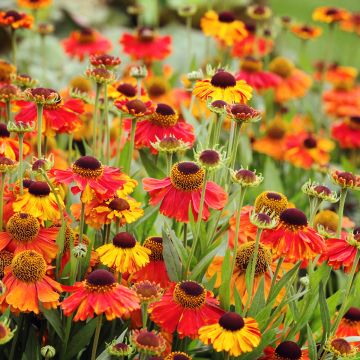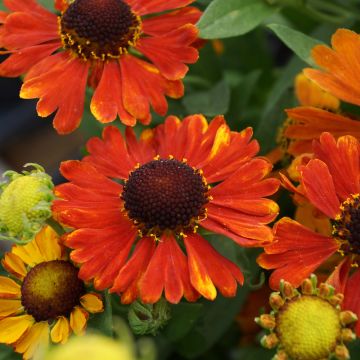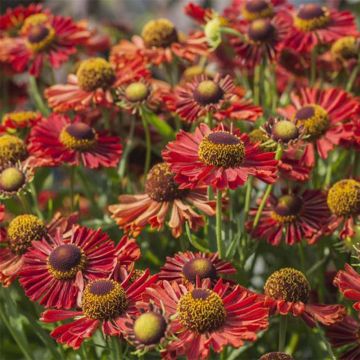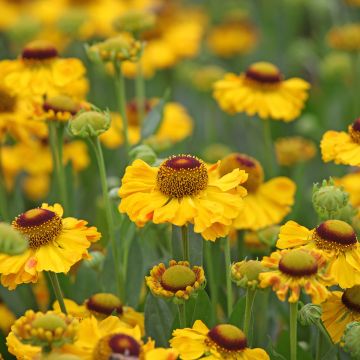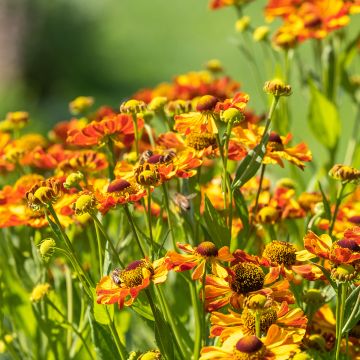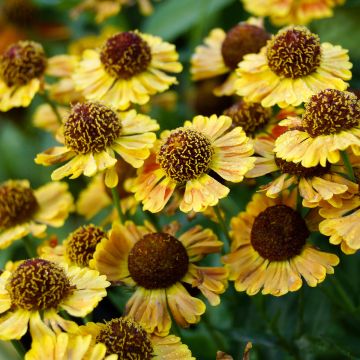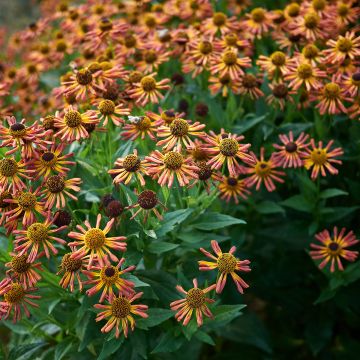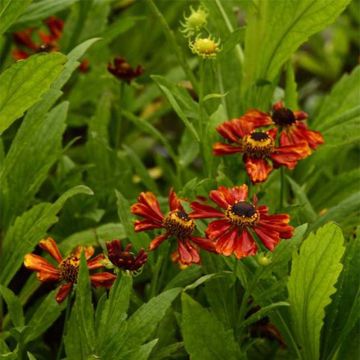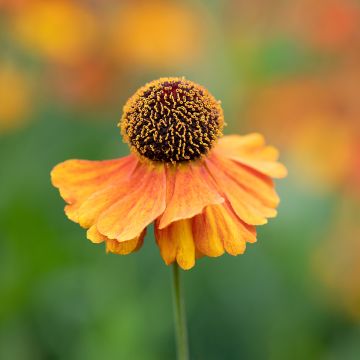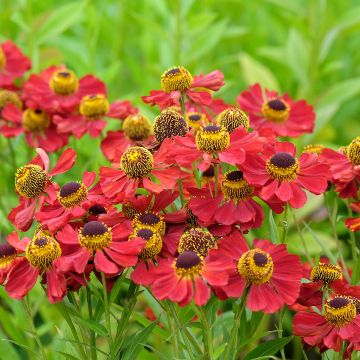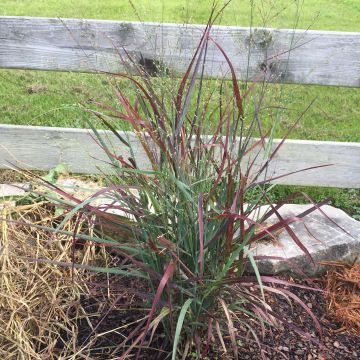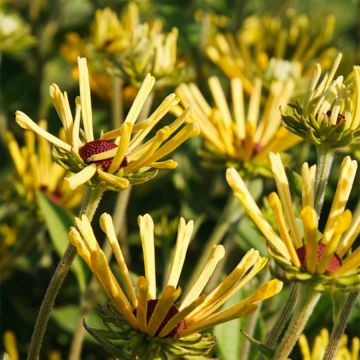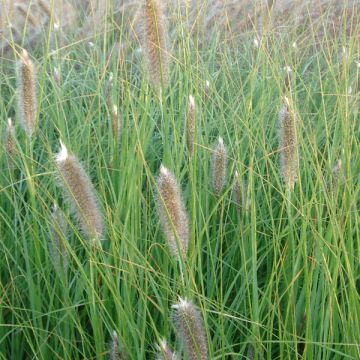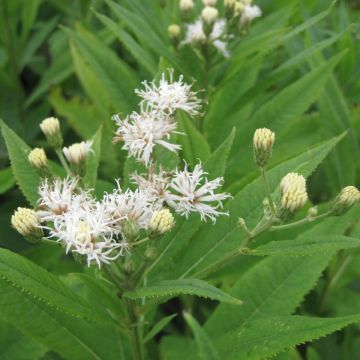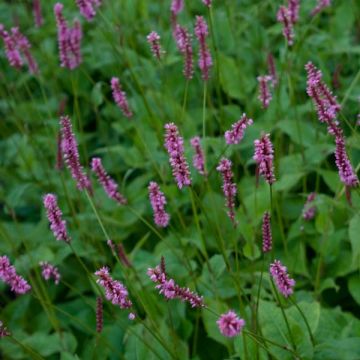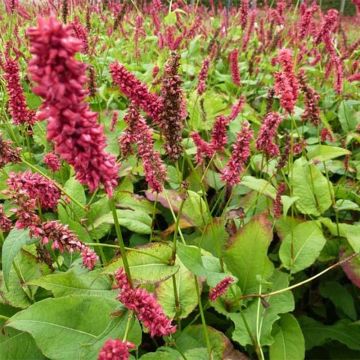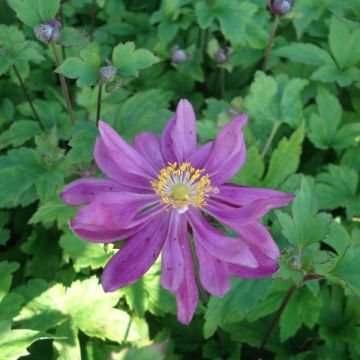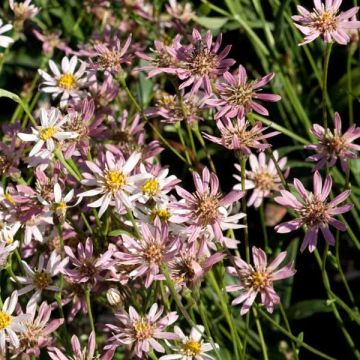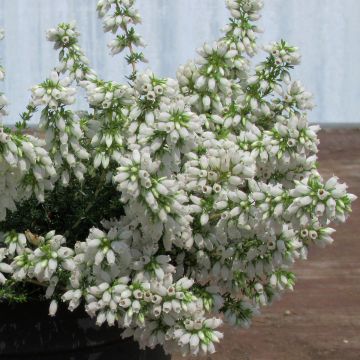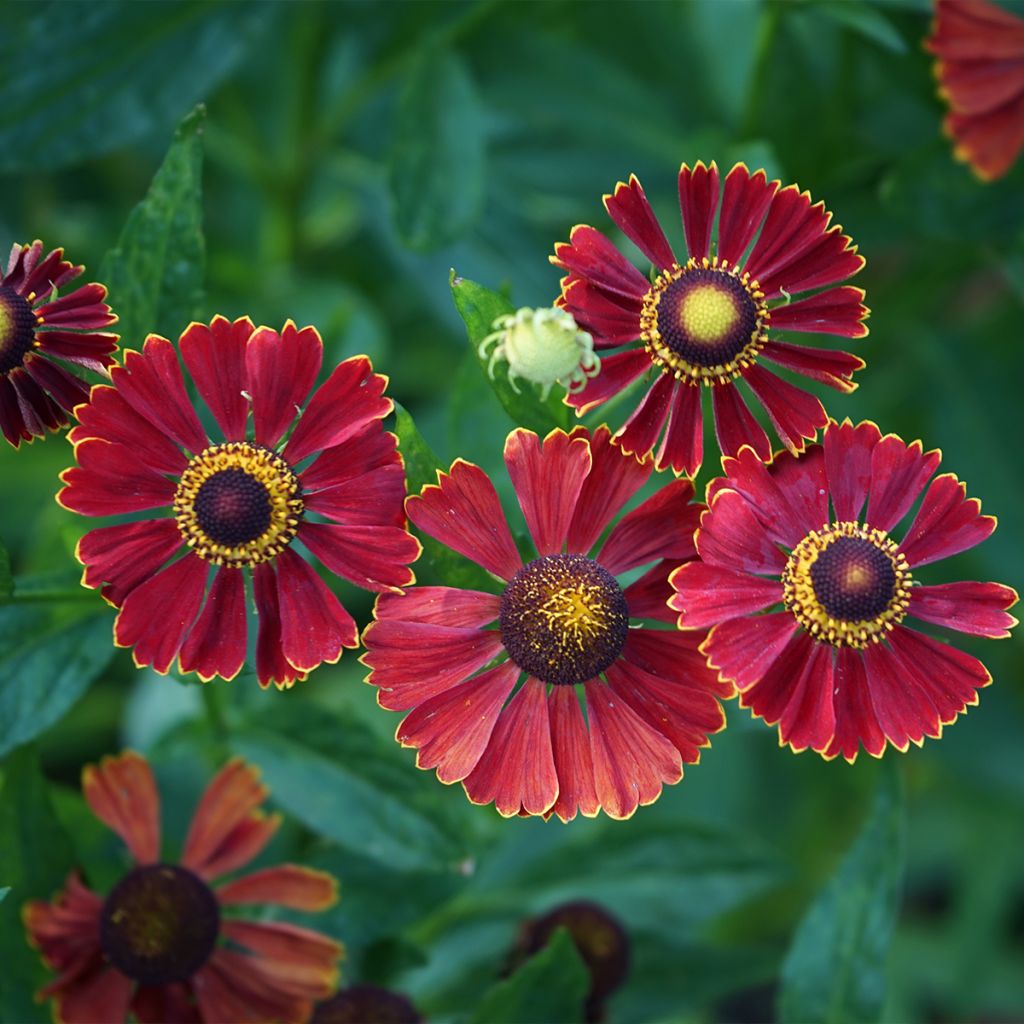

Hélénie d'automne Helena Red Shades - Helenium autumnale
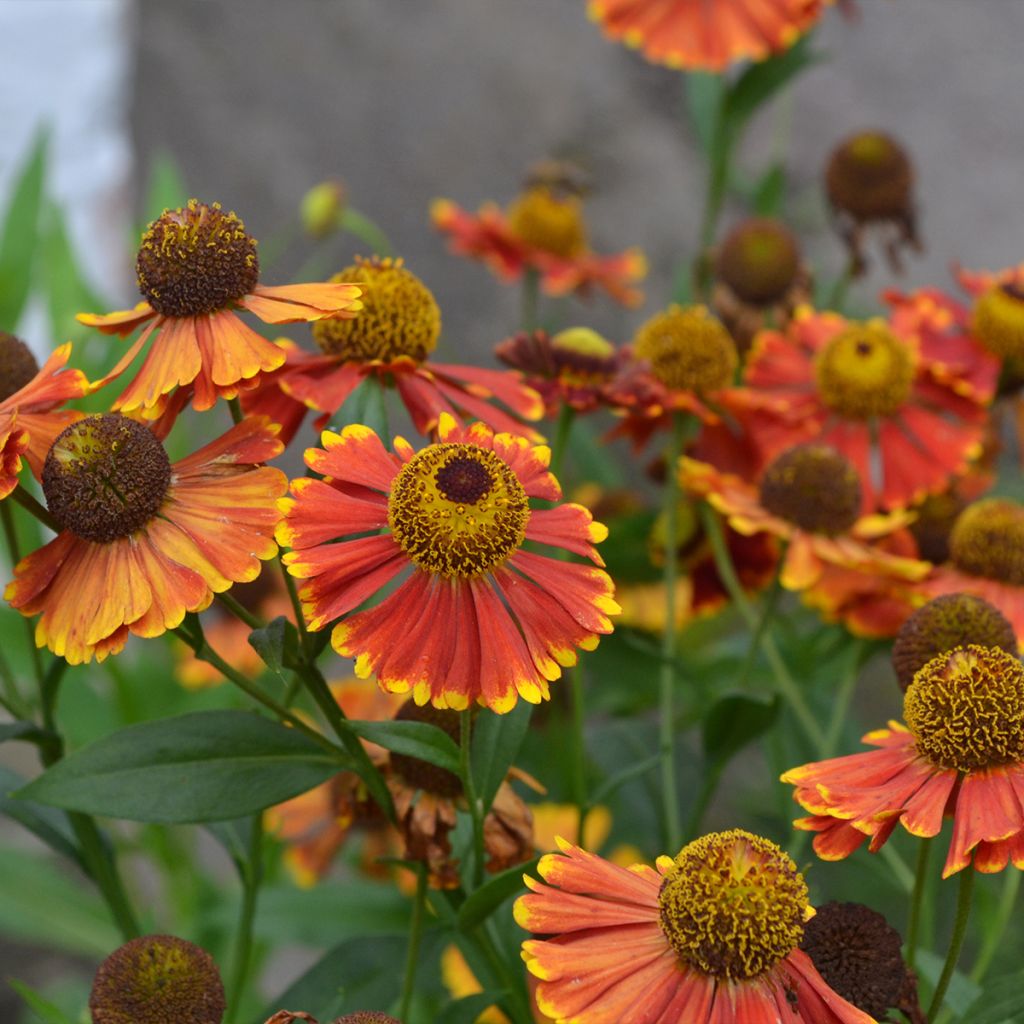

Hélénie d'automne Helena Red Shades - Helenium autumnale
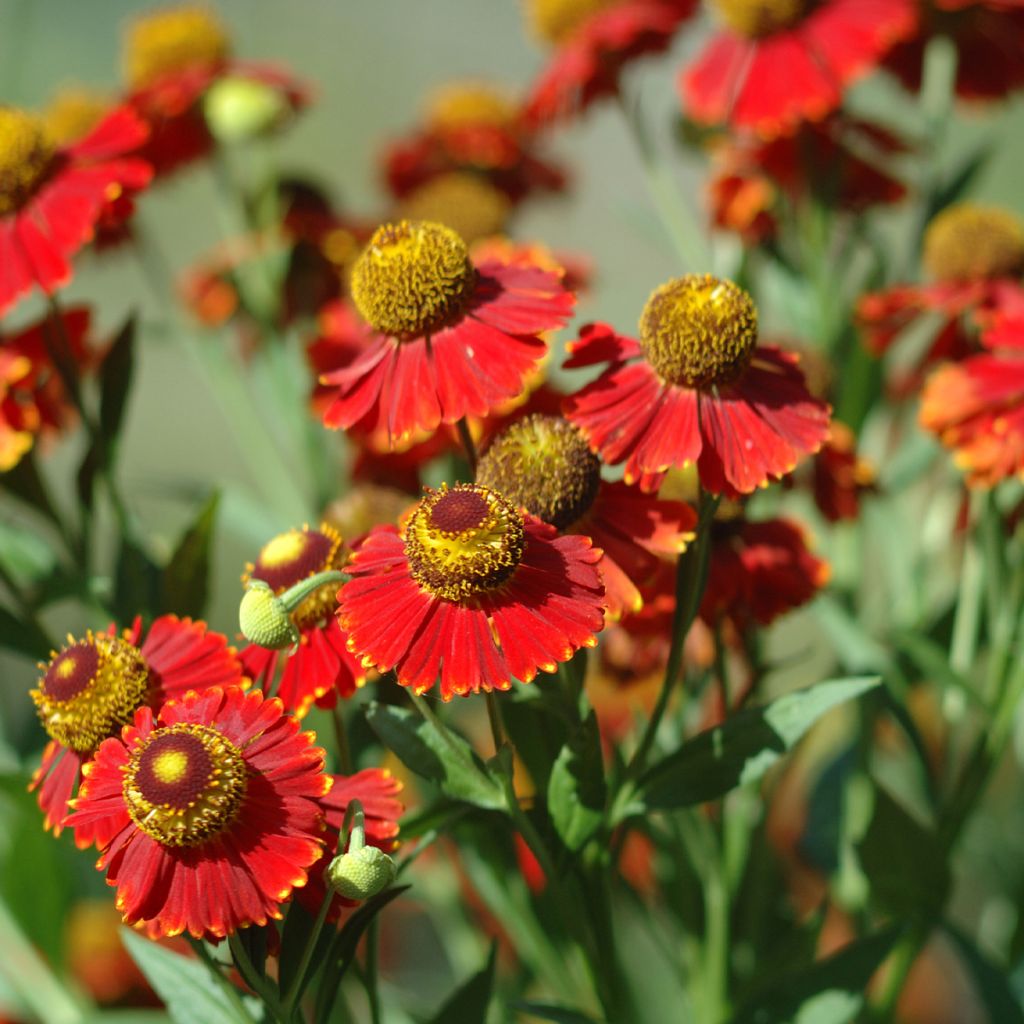

Hélénie d'automne Helena Red Shades - Helenium autumnale
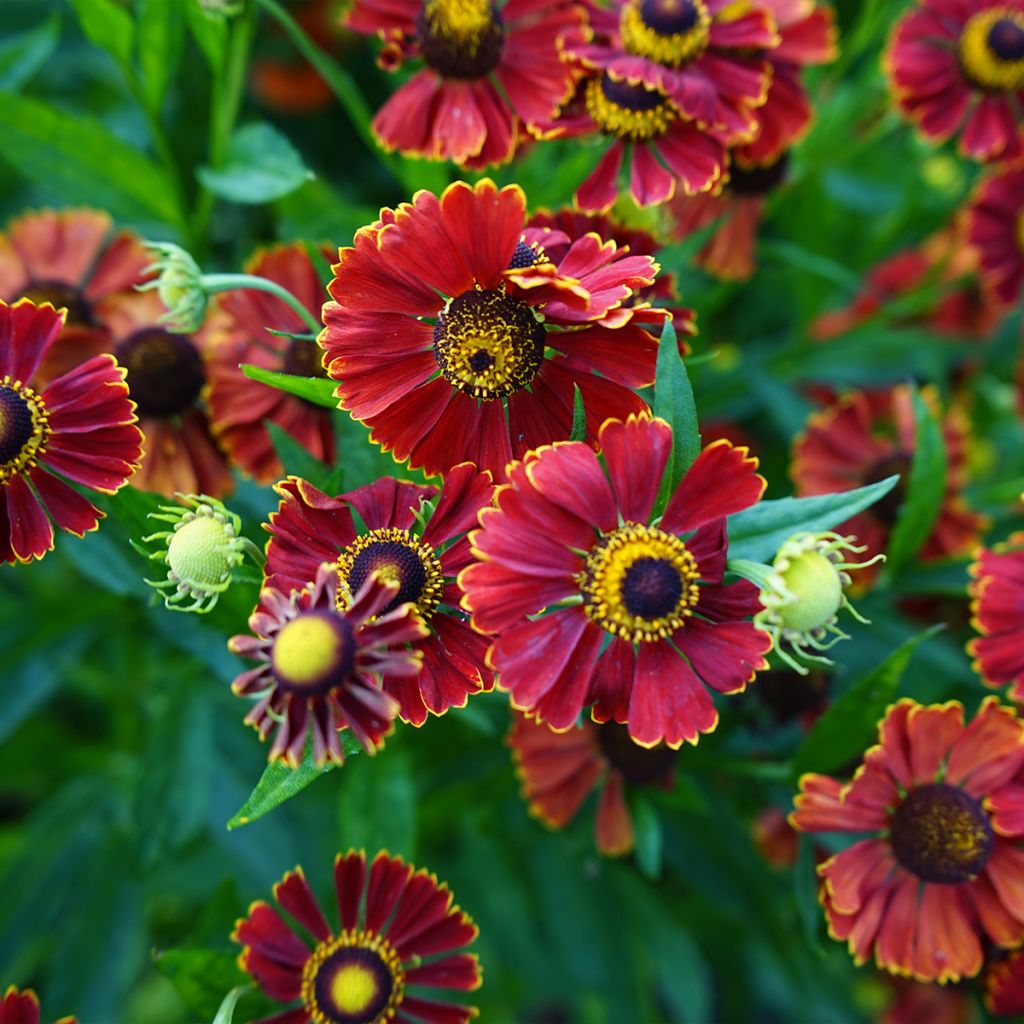

Hélénie d'automne Helena Red Shades - Helenium autumnale
Helenium Helena Rote Tone
Helenium x automnale Helena Red Shades
Sneezeweed, Helen's flower, Dogtooth daisy
July: nothing has appeared, what a shame.
michel lamoureux, 12/07/2023
This item cannot be shipped to the selected country
Delivery charge from €5.90
More information
Schedule delivery date,
and select date in basket
This plant carries a 12 months recovery warranty
More information
We guarantee the quality of our plants for a full growing cycle, and will replace at our expense any plant that fails to recover under normal climatic and planting conditions.
From €5.90 for pickup delivery and €6.90 for home delivery
Express home delivery from €8.90.
Does this plant fit my garden?
Set up your Plantfit profile →
Description
Helenium autumnale 'Helena Rote Töne' is a variety of hybrid Autumn Sneezeweed selected for its vigour, strong stems, healthy foliage, and long flowering in shades of red edged with gold. Its flowers, large for a sneezeweed, bloom from summer to early autumn and remain decorative for a long time. A hardy and reliable perennial, it is an extraordinary plant for flower beds, especially in slightly moist soil.
Heleniums are perennials in the Asteraceae family native to North America. In the wild, they most often grow near marshes. The 'Helena Rote Töne' cultivar is derived, among others, from the species Helenium autumnale, a perennial with very richly coloured flowers and vigorous growth. The plant forms a beautiful clump of ramified stems, reaching up to 1.20m (4ft) in height when flowering. Despite its size, this sneezeweed does not collapse under the weight of its flowers. The leaves, coloured a bright green, lanceolate in shape with smooth margins, are arranged alternately along the stems. Between July and October, a large number of flowers continuously bloom at the top of the stems, forming what are called heads. These heads resemble large marguerites with a diameter of 7-8cm (3in). In the centre, the cone is shiny and orange-brown, gradually giving way to yellow stamens. At the periphery, the florets transition from red to brown-red, with a copper-orange to golden-yellow border. This flowering, which attracts many pollinating insects, heralds the beginning of autumn flowers and foliage.
Helenium 'Helena Rote Töne' is a robust, hardy, and never diseased plant. It appreciates moist to wet soils and sunny exposures. Easy to grow, it integrates well into a cottage or English-style garden. Despite all these qualities, sneezeweeds remain rare in gardens. Perhaps because their warm tones announce autumn a little too soon, while the garden and gardener are still trying to hold onto the last summer blooms; however, they are the perfect complement to asters. 'Helena Rote Töne', in combination with black-eyed Susans, pairs very well with autumn plants like Heucheras and sunflowers, but it can also be associated with a dwarf winged Euonymus, whose foliage ignites with the first cold, or with the sumptuous dyer's madder. In a different setting, the gray foliage of Stachys or shrubby wormwoods greatly enhances the warm hue of this flowering.
Report an error about the product description
Flowering
Foliage
Plant habit
Botanical data
Helenium
x automnale
Helena Red Shades
Asteraceae
Sneezeweed, Helen's flower, Dogtooth daisy
Cultivar or hybrid
Other Helenium
Planting and care
Plant Helenium 'Helena Rote Töne' in ordinary soil mixed with planting soil and/or well-decomposed compost. Choose a sunny exposure for it. Water regularly after planting, and once established, only water in case of drought. To save on watering, apply organic mulch to your flower beds. This variety does not require staking, except in very windy areas. Prune the plant once the stems have turned black. Every 2 to 3 years, you can divide the clump in spring or autumn to regenerate the plant and give it renewed vigour.
Planting period
Intended location
Care
-
, onOrder confirmed
Reply from on Promesse de fleurs
Late flowering perennials
Haven't found what you were looking for?
Hardiness is the lowest winter temperature a plant can endure without suffering serious damage or even dying. However, hardiness is affected by location (a sheltered area, such as a patio), protection (winter cover) and soil type (hardiness is improved by well-drained soil).

Photo Sharing Terms & Conditions
In order to encourage gardeners to interact and share their experiences, Promesse de fleurs offers various media enabling content to be uploaded onto its Site - in particular via the ‘Photo sharing’ module.
The User agrees to refrain from:
- Posting any content that is illegal, prejudicial, insulting, racist, inciteful to hatred, revisionist, contrary to public decency, that infringes on privacy or on the privacy rights of third parties, in particular the publicity rights of persons and goods, intellectual property rights, or the right to privacy.
- Submitting content on behalf of a third party;
- Impersonate the identity of a third party and/or publish any personal information about a third party;
In general, the User undertakes to refrain from any unethical behaviour.
All Content (in particular text, comments, files, images, photos, videos, creative works, etc.), which may be subject to property or intellectual property rights, image or other private rights, shall remain the property of the User, subject to the limited rights granted by the terms of the licence granted by Promesse de fleurs as stated below. Users are at liberty to publish or not to publish such Content on the Site, notably via the ‘Photo Sharing’ facility, and accept that this Content shall be made public and freely accessible, notably on the Internet.
Users further acknowledge, undertake to have ,and guarantee that they hold all necessary rights and permissions to publish such material on the Site, in particular with regard to the legislation in force pertaining to any privacy, property, intellectual property, image, or contractual rights, or rights of any other nature. By publishing such Content on the Site, Users acknowledge accepting full liability as publishers of the Content within the meaning of the law, and grant Promesse de fleurs, free of charge, an inclusive, worldwide licence for the said Content for the entire duration of its publication, including all reproduction, representation, up/downloading, displaying, performing, transmission, and storage rights.
Users also grant permission for their name to be linked to the Content and accept that this link may not always be made available.
By engaging in posting material, Users consent to their Content becoming automatically accessible on the Internet, in particular on other sites and/or blogs and/or web pages of the Promesse de fleurs site, including in particular social pages and the Promesse de fleurs catalogue.
Users may secure the removal of entrusted content free of charge by issuing a simple request via our contact form.
The flowering period indicated on our website applies to countries and regions located in USDA zone 8 (France, the United Kingdom, Ireland, the Netherlands, etc.)
It will vary according to where you live:
- In zones 9 to 10 (Italy, Spain, Greece, etc.), flowering will occur about 2 to 4 weeks earlier.
- In zones 6 to 7 (Germany, Poland, Slovenia, and lower mountainous regions), flowering will be delayed by 2 to 3 weeks.
- In zone 5 (Central Europe, Scandinavia), blooming will be delayed by 3 to 5 weeks.
In temperate climates, pruning of spring-flowering shrubs (forsythia, spireas, etc.) should be done just after flowering.
Pruning of summer-flowering shrubs (Indian Lilac, Perovskia, etc.) can be done in winter or spring.
In cold regions as well as with frost-sensitive plants, avoid pruning too early when severe frosts may still occur.
The planting period indicated on our website applies to countries and regions located in USDA zone 8 (France, United Kingdom, Ireland, Netherlands).
It will vary according to where you live:
- In Mediterranean zones (Marseille, Madrid, Milan, etc.), autumn and winter are the best planting periods.
- In continental zones (Strasbourg, Munich, Vienna, etc.), delay planting by 2 to 3 weeks in spring and bring it forward by 2 to 4 weeks in autumn.
- In mountainous regions (the Alps, Pyrenees, Carpathians, etc.), it is best to plant in late spring (May-June) or late summer (August-September).
The harvesting period indicated on our website applies to countries and regions in USDA zone 8 (France, England, Ireland, the Netherlands).
In colder areas (Scandinavia, Poland, Austria...) fruit and vegetable harvests are likely to be delayed by 3-4 weeks.
In warmer areas (Italy, Spain, Greece, etc.), harvesting will probably take place earlier, depending on weather conditions.
The sowing periods indicated on our website apply to countries and regions within USDA Zone 8 (France, UK, Ireland, Netherlands).
In colder areas (Scandinavia, Poland, Austria...), delay any outdoor sowing by 3-4 weeks, or sow under glass.
In warmer climes (Italy, Spain, Greece, etc.), bring outdoor sowing forward by a few weeks.

































